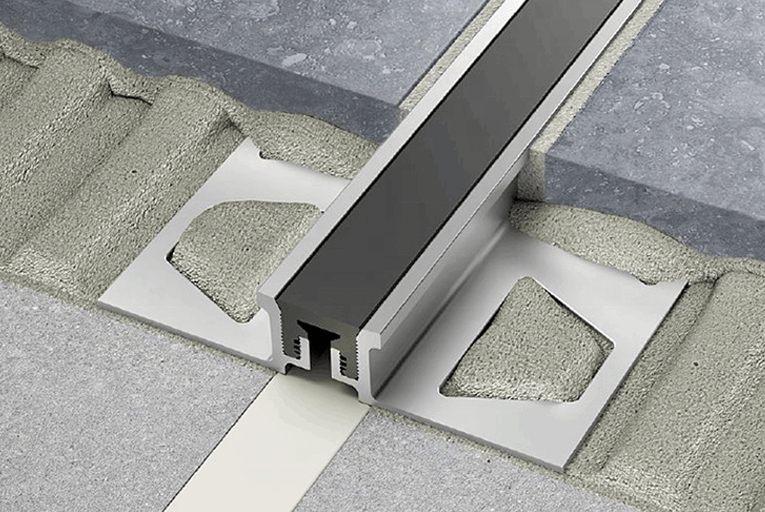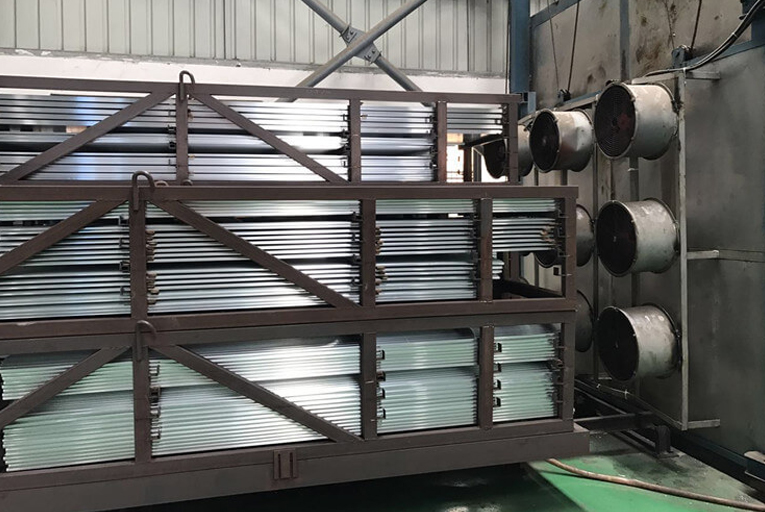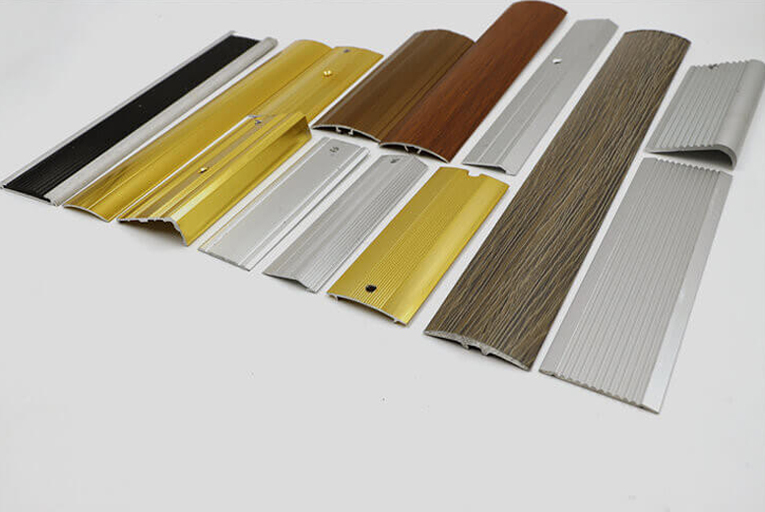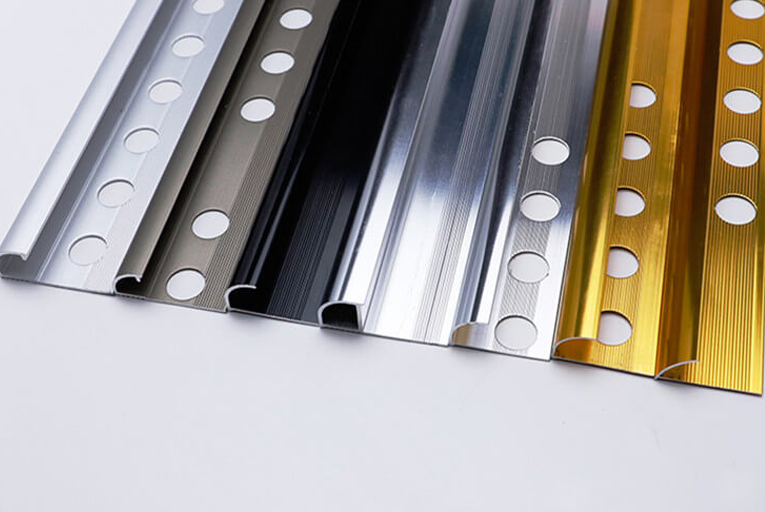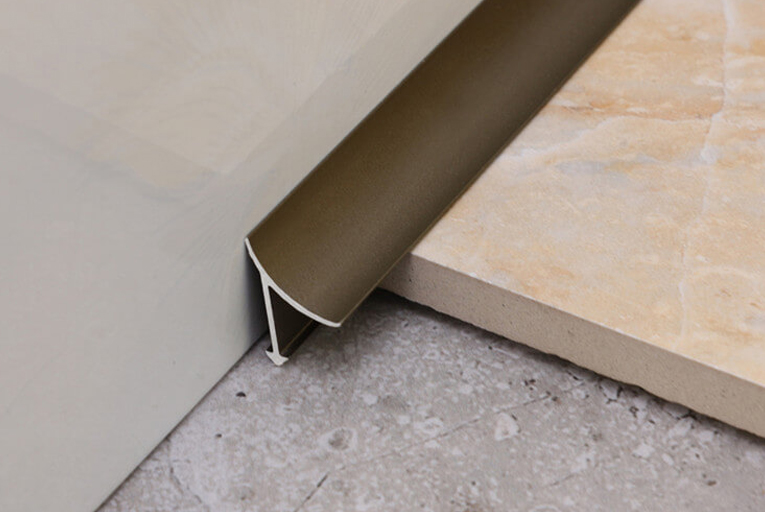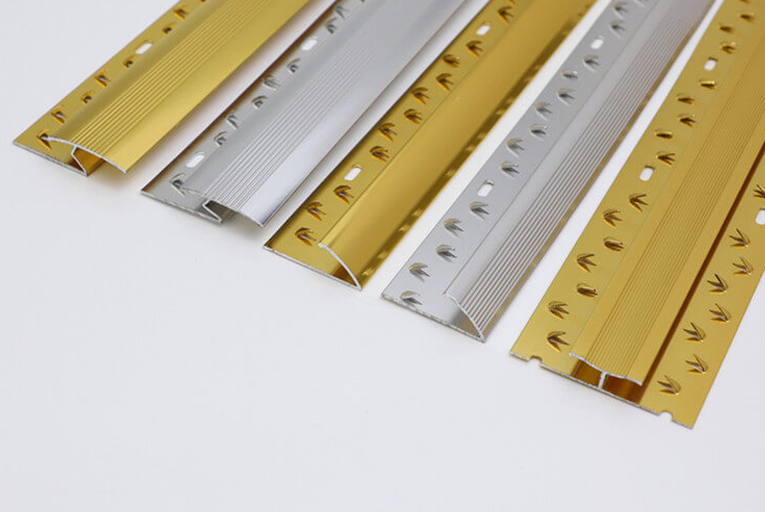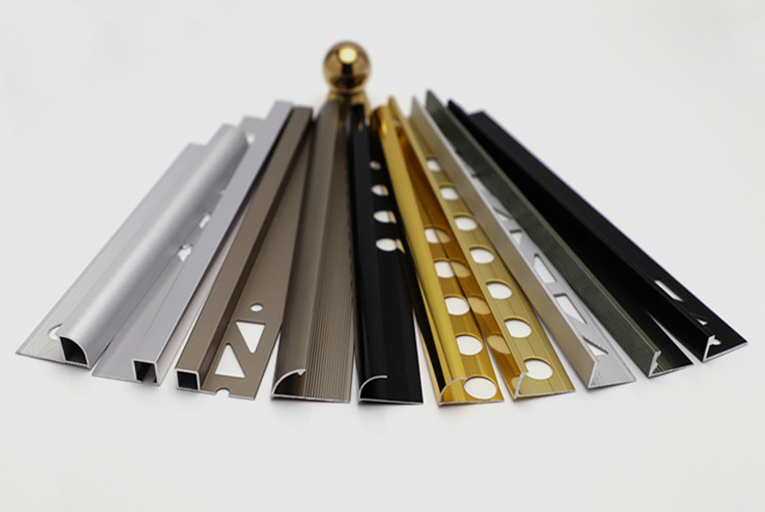Eco-Friendly Options- Sustainable Practices in Tile Trim Production
Introduction:
In the realm of interior design, tile trim plays an integral role in enhancing the aesthetics and functionality of our spaces. However, the traditional production methods of tile trim often come with an environmental cost. Embracing sustainable practices in tile trim production is not merely a trend but a crucial step towards a greener future.
Environmental Impacts of Conventional Methods:
The conventional production of tile trim involves the use of non-renewable resources, such as ceramic and porcelain, which contribute to resource depletion and greenhouse gas emissions. Additionally, the firing process required to create these materials consumes vast amounts of energy, further exacerbating the environmental burden.
Eco-Friendly Alternatives:
Fortunately, advancements in manufacturing have paved the way for eco-friendly alternatives that minimize these impacts. Tile trim made from recycled content, such as glass, plastic, and metals, offers a sustainable solution while preserving the aesthetic appeal. These materials require less energy to produce and reduce the demand for virgin resources.
Benefits of Sustainable Tile Trim:
Incorporating eco-friendly tile trim into your design projects not only enhances the visual appeal but also brings numerous benefits:
Reduced Environmental Footprint: Sustainable materials have a significantly lower environmental impact, minimizing carbon emissions and conserving natural resources.
Durability and Longevity: Eco-friendly tile trim is often highly durable, thanks to advanced manufacturing techniques, ensuring longevity and reducing the need for replacements.
Improved Indoor Air Quality: Some sustainable materials, such as cork and bamboo, have natural air-purifying properties, contributing to healthier indoor environments.
Choosing Eco-Friendly Tile Trim:
When selecting eco-friendly tile trim, there are several factors to consider:
Material Composition: Opt for materials with a high percentage of recycled content or natural resources.
Manufacturing Process: Choose trim produced using energy-efficient techniques and with minimal waste.
Certifications: Look for certifications such as GreenGuard or LEED to ensure compliance with environmental standards.
Conclusion:
Embracing eco-friendly options in tile trim production is an indispensable aspect of sustainable interior design. By choosing sustainable materials and practices, we can minimize our environmental footprint, preserve natural resources, and create healthier and more sustainable spaces for generations to come. As consumers, we have the power to drive change, and by embracing eco-friendly tile trim, we can make a meaningful contribution to the preservation of our planet.
-
How to Install Tile Trims Line?
2022-02-09 -
Difference Between Sandblasting and Anodizing Surface Treatment of Aluminum Tile Trim
2022-02-09 -
The Different Uses of Tile Outside Corner Edging Trim and Inside Corner Edging Trim
2022-02-09 -
The Most Popular 5 Different Materials of Tile Trim Line
2022-02-09 -
What is Carpet Cover Trim?
2022-02-09 -
The 6 Hottest Tile Trim Solutions for 2021
2022-02-09

